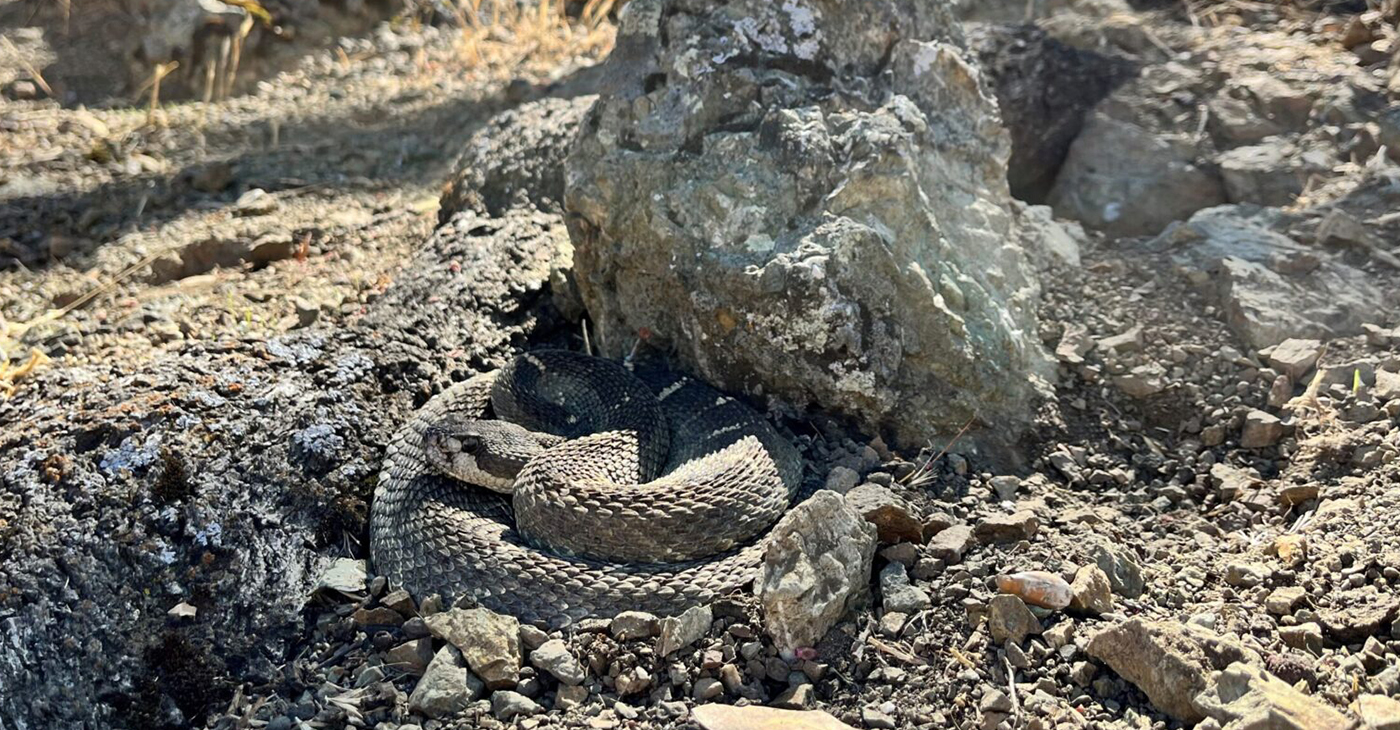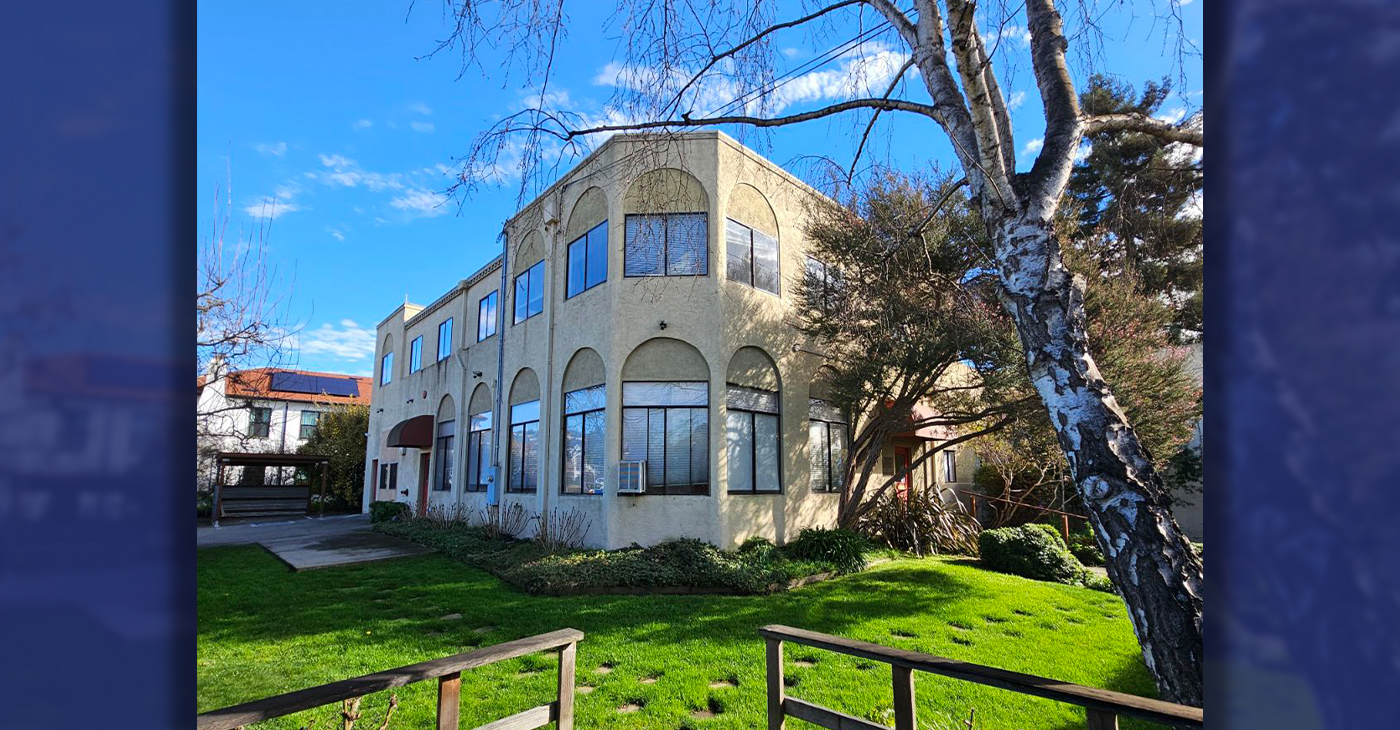Health
Exercising Critically Ill Patients May Help Speed Recovery

In this photo provided by the Wake Forest Baptist Medical Center, taken March 11, 2015 in the intensive care unit at Wake Forest Baptist Medical Center, physical therapist Katie Kellner helps patient Terry Culler do some exercises and briefly stand despite being hooked to a ventilator. There’s increasing evidence that mild exercise may have its place even for the sickest ICU patients, and new animal research suggests it may target both muscles and lungs. (AP Photo/Warren Cameron Dennis III, Wake Forest Baptist Medical Center)
LAURAN NEERGAARD, AP Medical Writer
WASHINGTON (AP) — The intensive care unit is a last frontier for physical therapy: It’s hard to exercise patients hooked to ventilators.
Some hospitals do manage to help critically ill patients stand or walk even if they’re tethered to life support. Now research that put sick mice on tiny treadmills shows why even a little activity may help speed recovery.
“I think we can do a better job of implementing early mobility therapies,” said Dr. D. Clark Files of Wake Forest Baptist Medical Center in Winston-Salem, North Carolina, who led the research and whose hospital is trying to get more critically ill patients up, ventilator and all.
Hospitals have long nudged less critical patients out of bed, to prevent their muscles from wasting away. But over the past several years, studies in ICUs have shown that some of the sickest of the sick also could benefit — getting out of intensive care sooner, with fewer complications — once it’s medically feasible for them to try.
This isn’t just passively changing a patient’s position. It could involve helping them sit on the side of the bed, do arm exercises with an elastic band or in-bed cycling, even walk a bit with nurses holding all the tubes and wires. It takes extra staff, and especially for patients breathing through tubes down their throats, it isn’t clear how often it’s attempted outside specialized centers.
At Wake Forest Baptist, a physical therapist helped Terry Culler, 54, do arm and leg exercises without dislodging his ventilator tubing, working up to the day he stood for the first time since developing respiratory failure about three weeks earlier. “I cheered, I was clapping,” his wife, Ruanne Culler of Lexington, North Carolina, said after two therapists and a nurse finally helped him to his feet.
Biologically, why could such mild activity help? Files focused on one especially deadly reason why people wind up on a ventilator: acute respiratory distress syndrome, or ARDS, the problem Terry Culler battled. It strikes about 200,000 Americans a year, usually after someone suffers serious injuries or another illness such as pneumonia; it can rapidly trigger respiratory failure. Survivors suffer profound muscle weakness.
Files’ team injured the lungs of laboratory mice in a way that triggered ARDS. The animals, sick but still breathing on their own, walked or ran on a treadmill for a few minutes at a time over two days.
That short amount of exercise did more than counter wasting of the animals’ limbs. It also slowed weakening of the diaphragm, used to breathe. And it tamped down a dangerous inflammatory process in the lungs that Files suspects fuels muscle damage on top of the wasting of enforced bed-rest.
“It’s not only putting a load on the legs,” Files explained. “It’s something systemic.”
When certain white blood cells stick inside ARDS-affected lungs too long, they slow healing. The lungs of the exercised mice contained fewer of those cells — and their blood contained less of the protein that activates them, Files reported in the journal Science Translational Medicine this month.
Examining blood frozen from ARDS patients who had participated in an earlier Wake Forest Baptist study comparing early mobility to standard ICU care, he found patients who had gotten a little exercise harbored less of that protein.
The new research adds to the biologic rationale, but there’s already enough evidence supporting early mobility that families should ask whether their loved one is a candidate, said ICU specialist Dr. Catherine Hough of the University of Washington, who wasn’t involved with Files’ study.
She’s surveying a sample of U.S. hospitals and finding variability in how often ICUs try, from those that help a majority of critically ill patients stand to others where no ventilated patients do. Obviously, key is whether the patient can tolerate movement. But so is whether hospitals keep ventilated patients sedated despite research showing many don’t need to be, Hough said.
Back at Wake Forest Baptist, Terry Culler began the exercises when he was medically stable, and he scribbled notes saying he wanted to participate.
“It’s given him something to look forward to,” his wife said a few weeks before he was released from the hospital.
“Ask about it every day,” University of Washington’s Hough advises families, given that critical illness changes frequently. “On Monday, the patient might have a good reason not to be moving forward with mobilization, but there’s a very good chance it’s different on Tuesday,” she said.
Copyright 2015 The Associated Press. All rights reserved. This material may not be published, broadcast, rewritten or redistributed.
Community
Calif. Dept. of Public Health: Got Milk Allergies? Don’t Eat Dave’s Bakery Cornbread
The California Department of Public Health (CDPH) issued a warning on Jan. 26, instructing consumers with milk allergies or “severe sensitivity to milk” in the state to not eat Dave’s Bakery Corn Bread due to “risk of illness.” The CDPH warns that consumption of the corn bread manufactured by a Gardena-based company — with expiration dates up to June 18, 2024 — may lead to “life threatening” reactions.

By California Black Media
The California Department of Public Health (CDPH) issued a warning on Jan. 26, instructing consumers with milk allergies or “severe sensitivity to milk” in the state to not eat Dave’s Bakery Corn Bread due to “risk of illness.”
The CDPH warns that consumption of the corn bread manufactured by a Gardena-based company — with expiration dates up to June 18, 2024 — may lead to “life threatening” reactions.
“This warning applies only to the Corn Bread produced by Bake R Us, DBA Dave’s Baking Company and distributed to schools, retail facilities and in vending machines primarily in southern California,” the DCPH statement reads.
“This product should not be confused with other similarly named companies with national distribution,” it continues.
According to the CDPH, although the corn bread product contains whey, which is a milk allergen, there is no allergy warning label on the packaging, though it is required by state law.
So far, authorities say, no illnesses have been reported in the state, but if anyone finds the products on sale anywhere in the state, they should call the CDPH complaint hotline at (800) 495-3232 or file a report online at CDPH.ca.gov
The CDPH is also recommending that people who have eaten the product and are experiencing any reaction or ill effects should consult their health care provider.
Bay Area
East Bay Regional Park District Issues Rattlesnake Advisory
The East Bay Regional Park District released an advisory today on rattlesnakes, which emerge from winter hibernation in early spring and become more active. Warm weather can bring more potential for rattlesnake encounters with humans and dogs, particularly along trails and roads.

The Richmond Standard
The East Bay Regional Park District released an advisory today on rattlesnakes, which emerge from winter hibernation in early spring and become more active.
Warm weather can bring more potential for rattlesnake encounters with humans and dogs, particularly along trails and roads.
Visitors are encouraged to avoid hiking alone in case of an emergency, to scan the ground ahead as they walk, jog or ride, stay on trails avoiding tall grass, and to look carefully around and under logs and rocks before sitting down. Keep your dog on your leash to be extra safe, park officials said.
If you encounter a rattlesnake, leave it alone – it is unlawful to capture or harm one. Move carefully and slowly away or around it and give it plenty of space, park officials said.
Those who are bitten by a rattlesnake are instructed to stay calm by lying down with the affected limb lower than the heart, then having someone call 911.
Getting medical attention is critical.
Those bitten should not use tourniquets, “sucking,” or snake bite kits. If you are by yourself, walk calmly to the nearest source of help to dial 911, do not run.
If bitten by any other type of snake, wash the wound with soap and water or an antiseptic and seek medical attention.
Not sure what bit you? Check the bite for two puncture marks (in rare cases one) associated with intense, burning pain, which is typical of a rattlesnake bite. Other snakebites can leave marks without associated burning pain.
The Northern Pacific rattlesnake is the species found in East Bay Regional Parks. Snakes are important to the natural environment, helping to control rodents and other reptile populations. But enjoy them from afar.
For more information, download the Park District’s Common Snakes brochure or watch our Gopher Snake or Rattlesnake video to learn how to tell the difference between rattlesnakes and gopher snakes. Additional information is available at ebparks.org/safety/wildlife-encounters.
Alameda County
A Safe Place, Bay Area Domestic Violence Community Organization, Opens New Service Center in Oakland
Oakland-Bay Area non-profit, A Safe Place, announces the grand opening of its newly purchased building in Oakland that will be a service center for families that have suffered from domestic violence. The new, two-story building has over six new service rooms for counseling, mental health support groups, legal services, children’s treatment, safe space for community engagement, and partnership activities.

By Courtney Slocum Riley
Special to The Post
Oakland-Bay Area non-profit, A Safe Place, announces the grand opening of its newly purchased building in Oakland that will be a service center for families that have suffered from domestic violence.
The new, two-story building has over six new service rooms for counseling, mental health support groups, legal services, children’s treatment, safe space for community engagement, and partnership activities.
Domestic violence occurrences and offenses account for a considerable amount of all violent crimes in Alameda County. A Safe Place is attempting to provide a safe place for families to heal. A Safe Place is the only comprehensive domestic violence assistance program including a safehouse, in Oakland.
The grand opening celebration will also serve as a fundraiser to build out healing, therapeutic spaces for children and adult victims and survivors and survivors of domestic violence (male and female).
The new service center will expand the work of the organization, founded in 1976 when a group of women working in San Francisco came together to address the urgent need for a shelter in the East Bay. A year later, they founded A Safe Place (ASP) in Oakland. Run solely by volunteers, they set up a crisis line to offer crisis counseling and information to battered women and their children.
The organization serves over 500 adults and children annually through a host of services including crisis counseling via 24-hour crisis line, emergency motel and safehouse sheltering, mental health services (counseling and support groups).
Under the leadership of Executive Director, Carolyn Russell, the organization has grown from a single program into the comprehensive domestic violence and assistance program. ASP strives to meet the growing and diverse needs of our growing community.
The organization hopes to complete all the upgrades and therapeutic room improvements by August 2024. The public is invited to donate to the effort by using the website at www.asafeplace.org/donate. The organization also accepts in-kind gifts as well as items from the organization’s Amazon Wishlist.
-

 Community3 weeks ago
Community3 weeks agoFinancial Assistance Bill for Descendants of Enslaved Persons to Help Them Purchase, Own, or Maintain a Home
-

 Business3 weeks ago
Business3 weeks agoV.P. Kamala Harris: Americans With Criminal Records Will Soon Be Eligible for SBA Loans
-

 Activism3 weeks ago
Activism3 weeks agoOakland Post: Week of April 10 – 16, 2024
-

 Community3 weeks ago
Community3 weeks agoAG Bonta Says Oakland School Leaders Should Comply with State Laws to Avoid ‘Disparate Harm’ When Closing or Merging Schools
-

 Community2 weeks ago
Community2 weeks agoRichmond Nonprofit Helps Ex-Felons Get Back on Their Feet
-

 Community2 weeks ago
Community2 weeks agoOakland WNBA Player to be Inducted Into Hall of Fame
-

 Community2 weeks ago
Community2 weeks agoRPAL to Rename Technology Center for Retired Police Captain Arthur Lee Johnson
-

 Activism1 week ago
Activism1 week agoOakland Post: Week of April 24 – 30, 2024

























































